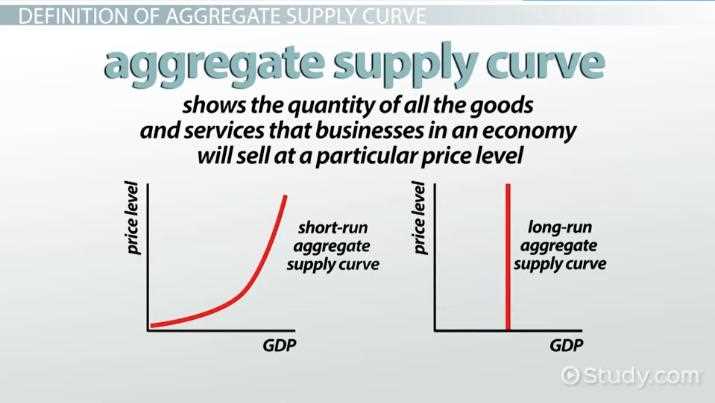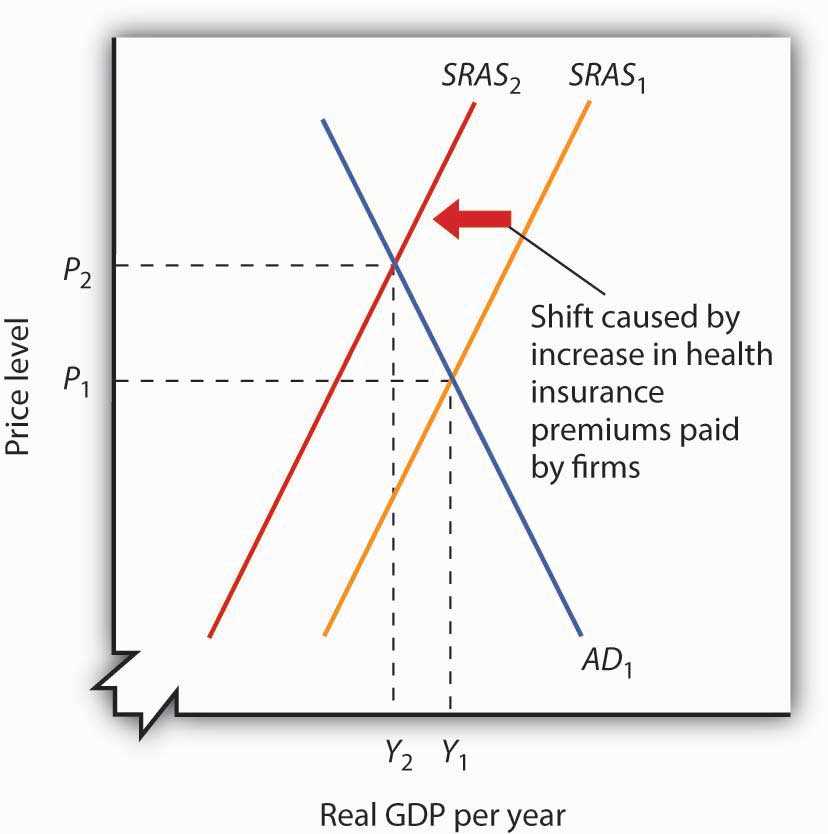What is Aggregate Supply?

Components of Aggregate Supply
Aggregate supply consists of two main components: short-run aggregate supply (SRAS) and long-run aggregate supply (LRAS).
Short-run aggregate supply represents the total output that firms are willing and able to produce in the short run, which is typically a period of one to two years. It is influenced by factors such as changes in input prices, technological advancements, and changes in the business cycle. In the short run, firms may not be able to adjust their production capacity fully, leading to a positive relationship between output and price levels.
Factors Affecting Aggregate Supply
There are several factors that can affect aggregate supply. These include:
- Changes in input prices: An increase in the cost of inputs, such as labor or raw materials, can reduce the profitability of production and decrease aggregate supply.
- Technological advancements: Improvements in technology can increase productivity and efficiency, leading to an increase in aggregate supply.
- Changes in the business cycle: Economic booms or recessions can affect aggregate supply by influencing firms’ expectations and investment decisions.
- Government policies: Government regulations and policies, such as taxes and subsidies, can impact the cost of production and therefore affect aggregate supply.
Mechanisms of Aggregate Supply

The aggregate supply of an economy refers to the total quantity of goods and services that firms are willing and able to produce at a given price level. It is influenced by various factors, including the availability of inputs, technological advancements, government policies, and market conditions.
There are three main mechanisms that determine the aggregate supply in an economy:
1. Resource Quantity and Quality:
The availability and quality of resources, such as labor, capital, and natural resources, play a crucial role in determining the aggregate supply. An increase in the quantity of these resources, such as an expansion of the workforce or investment in new machinery, can lead to an increase in the aggregate supply. Similarly, improvements in the quality of resources, such as advancements in technology or better education and training, can also enhance the aggregate supply.
2. Technological Advancements:
Technological advancements can significantly impact the aggregate supply by improving productivity and efficiency. New technologies can enable firms to produce more output with the same amount of inputs or produce the same output with fewer inputs. This leads to an increase in the aggregate supply as firms can produce more goods and services at a lower cost. Technological advancements can also lead to the development of new products and industries, further expanding the aggregate supply.
3. Government Policies and Regulations:
Government policies and regulations can have a significant influence on the aggregate supply. For example, fiscal policies, such as changes in taxation or government spending, can affect the overall level of demand in the economy, which in turn affects the aggregate supply. Monetary policies, such as changes in interest rates or money supply, can also impact the aggregate supply by influencing investment and consumption decisions. Additionally, government regulations, such as labor laws or environmental regulations, can affect the cost of production and, consequently, the aggregate supply.
Overall, the mechanisms of aggregate supply are complex and interconnected. Changes in resource availability, technological advancements, and government policies can all affect the aggregate supply of an economy, leading to changes in output levels and price levels.

Emily Bibb simplifies finance through bestselling books and articles, bridging complex concepts for everyday understanding. Engaging audiences via social media, she shares insights for financial success. Active in seminars and philanthropy, Bibb aims to create a more financially informed society, driven by her passion for empowering others.
